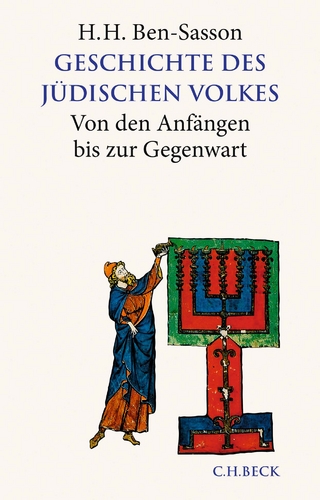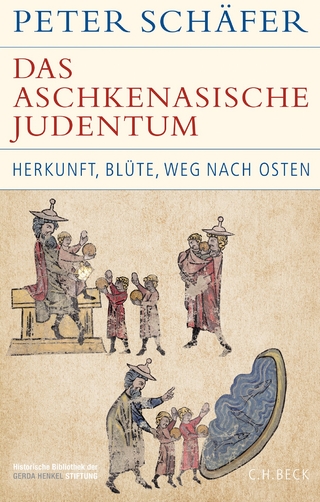
The Atheist's Bible
University of Chicago Press (Verlag)
978-0-226-82106-1 (ISBN)
Like a lot of good stories, this one begins with a rumor: in 1239, Pope Gregory IX accused Frederick II, the Holy Roman Emperor, of heresy. Without disclosing evidence of any kind, Gregory announced that Frederick had written a supremely blasphemous book—De tribus impostoribus, or the Treatise of the Three Impostors—in which Frederick denounced Moses, Jesus, and Muhammad as impostors. Of course, Frederick denied the charge, and over the following centuries the story played out across Europe, with libertines, freethinkers, and other “strong minds” seeking a copy of the scandalous text. The fascination persisted until finally, in the eighteenth century, someone brought the purported work into actual existence—in not one but two versions, Latin and French. Although historians have debated the origins and influences of this nonexistent book, there has not been a comprehensive biography of the Treatise of the Three Impostors. In The Atheist’s Bible, the eminent historian Georges Minois tracks the course of the book from its origins in 1239 to its most salient episodes in the seventeenth and eighteenth centuries, introducing readers to the colorful individuals obsessed with possessing the legendary work—and the equally obsessive passion of those who wanted to punish people who sought it. Minois’s compelling account sheds much-needed light on the power of atheism, the threat of blasphemy, and the persistence of free thought during a time when the outspoken risked being burned at the stake.
Georges Minois is the author of History of Old Age: From Antiquity to the Renaissance and History of Suicide: Voluntary Death in Western Culture, the former published by the University of Chicago Press. Lys Ann Weiss is an independent scholar in medieval studies who works in book publishing as an editor, indexer, and translator.
Translator’s Note
Preface to the English-Language Edition (2011)
Preface (2009)
1. The Origin of a Mythical Theme: The Prehistory of the Three Impostors (Up to the Thirteenth Century)
The First to Be Accused: Frederick II and Pierre des Vignes (1239)
The Precursors of Imposture: Zalmoxis and Numa Pompilius
Celsus: Moses the Impostor
Celsus and the Talmud: Jesus the Impostor
Mahomet the Impostor in Christian Literature (Ninth to Twelfth Century)
Politico-Religious Imposture in the Middle Ages
The Arabic Origins of the Theme of the Three Impostors (Tenth Century)
The First Mention in Christianity (Twelfth Century)
2. The Hunt for the Author of a Mythical Treatise (Fourteenth to Sixteenth Century)
A Culture of Imposture
The Rumors of the Late Middle Ages
The Renaissance: A Receptive Context for the Idea of Imposture
Moses the Machiavellian
Appeals to the Holy Union of Religions
Italy and the Specter of the Three Impostors
The Obsession Spreads
Geneva, Birthplace of the Three Impostors?
Three Impostors or Three Prophets? (Guillaume Postel)
Who Actually Saw the Treatise?
3. The European Elites and Religious Imposture (Seventeenth Century)
On the Trail of De tribus around the Baltic Sea
Holland and England: Heterodox Contexts
The French Trail: Learned Libertines and Religious Imposture
4. Debates on the Origin of Religions (Second Half of the Seventeenth Century)
Hobbes and Spinoza
Holland and the Birth of the Radical Enlightenment
Rumors of the De tribus in England
5. From the De tribus to the Trois imposteurs: Discovery or Invention of the Treatise? (1680–1721)
Sources of the De tribus: Kiel, 1688
The Intervention of Leibniz and of Baron von Hohendorf
The De tribus: A German Affair
Preliminary Polemic: Does the Trois imposteurs Exist? (1715–1716)
The Reference Edition: The Hague, 1719
The Birth of L’Esprit de Spinoza and of the Trois imposteurs (1700–1721)
A Franco-Dutch Commercial Imposture?
Erroneous Attributions: Henri de Boulainvillier (1658–1722) and John Toland (1670–1722)
6. The Treatise of the Three Impostors: The Contents of a Blasphemy
The De tribus: A Slapdash Work?
The Atheism of the Traité
The End of Religions
The Soul and Demons: Subtle Chimeras
Moses the Impostor: Magic and Persecution
Jesus the Impostor: A Merchant of Absurd Dreams
Mahomet the Impostor: The Senses and the Sword
Epilogue: The Three Impostors in the Antireligious Literature of the Eighteenth
CenturyAppendixes
Notes
Glossary
Index of Names
| Erscheinungsdatum | 06.10.2022 |
|---|---|
| Übersetzer | Lys Ann Weiss |
| Zusatzinfo | 1 halftone, 2 line drawings |
| Sprache | englisch |
| Maße | 140 x 216 mm |
| Gewicht | 286 g |
| Themenwelt | Geisteswissenschaften ► Geschichte ► Regional- / Ländergeschichte |
| Geschichte ► Teilgebiete der Geschichte ► Religionsgeschichte | |
| Religion / Theologie ► Christentum ► Kirchengeschichte | |
| ISBN-10 | 0-226-82106-4 / 0226821064 |
| ISBN-13 | 978-0-226-82106-1 / 9780226821061 |
| Zustand | Neuware |
| Informationen gemäß Produktsicherheitsverordnung (GPSR) | |
| Haben Sie eine Frage zum Produkt? |
aus dem Bereich


